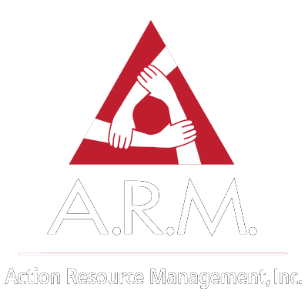 Practice Tool Safety — For many of us, tools are a regular part of the job. Whether you work in construction, maintenance, a warehouse, or somewhere else, chances are, you’re dealing with tools of all kinds – power tools, hand tools, portable power tools, and on. From the basics to the most complicated, handling all tools properly and with care is the best way to avoid accidents. We always push training, and for good reason: a trained employee can make smart safety choices in an instant. It’s for your safety as well as the safety of those around you.
Practice Tool Safety — For many of us, tools are a regular part of the job. Whether you work in construction, maintenance, a warehouse, or somewhere else, chances are, you’re dealing with tools of all kinds – power tools, hand tools, portable power tools, and on. From the basics to the most complicated, handling all tools properly and with care is the best way to avoid accidents. We always push training, and for good reason: a trained employee can make smart safety choices in an instant. It’s for your safety as well as the safety of those around you.
Tool Safety – Hand Tools
 Always inspect tools before use. Do not use tools with loose or cracked handles, that show excessive wear, damaged blades or bits, or worn gripping surfaces.
Always inspect tools before use. Do not use tools with loose or cracked handles, that show excessive wear, damaged blades or bits, or worn gripping surfaces.- Use the right tool for the job. Be intentional about your tool choice – don’t just grab the nearest tool if it is not the proper tool for your particular needs.
- Follow manufacturers’ instructions when operating tools. Shortcuts are dangerous!
- Wear and use appropriate personal protective equipment (PPE), including safety goggles and gloves. Replace worn or broken pieces as soon as possible.
- Perform regular maintenance on tools. Your workplace may have a schedule in place for this, so refer to posted guidelines.
- Keep floors clear of debris and tripping hazards. Do this throughout your work shift for the safety of your coworkers and yourself.
T O O L S A F E T Y C O N T I N U E D
 Tool Safety – Portable Power Tools
Tool Safety – Portable Power Tools
- Before each use, check your tool’s power source for damages, including cord, airline, battery, etc. Be sure that the tool is not leaking fluid such as oil or gasoline, and inspect blades and bits for excessive wear, cracks, or other damage. Report unusable tools immediately.
- Dress safely by avoiding loose clothing, jewelry, or loose long hair. Any of these could become entangled in moving parts, which can result in injury or death.
- Disconnect or unplug tools when not in use. Leaving a powered tool on its own has too many risks to mention.
- In damp or wet conditions or locations, only use power tools that are approved for that purpose. If you are not sure about a particular tool, ask before starting work.
- Use a cord with a three-pronged plug and grounding pin or double-insulated tools with intact insulating housings. Ensure that the electrical shock potential is controlled.
 Make sure that cords are not a tripping hazard.
Make sure that cords are not a tripping hazard.- Shut down and let the engine cool before refueling gasoline or diesel-powered equipment.
- Protect yourself and others from rotating parts (like a saw blade, for example) by using required attachments, shields, and guards for moving parts of power tools.
- Know the PPE that is necessary for each piece of equipment that you use. The better you are trained, the safer you will be.
Learn more about tool safety from OSHA here: tool tips
Final thoughts
Tool safety is job safety. It’s important to be trained and understand how to operate each piece of equipment that you use. If you haven’t been trained, get trained. Wear and use the PPE needed for the job and the tools you will be using. As always, observe posted safety and equipment guidelines at your workplace. Be safe out there!
Learn about A.R.M. and the services we offer.

